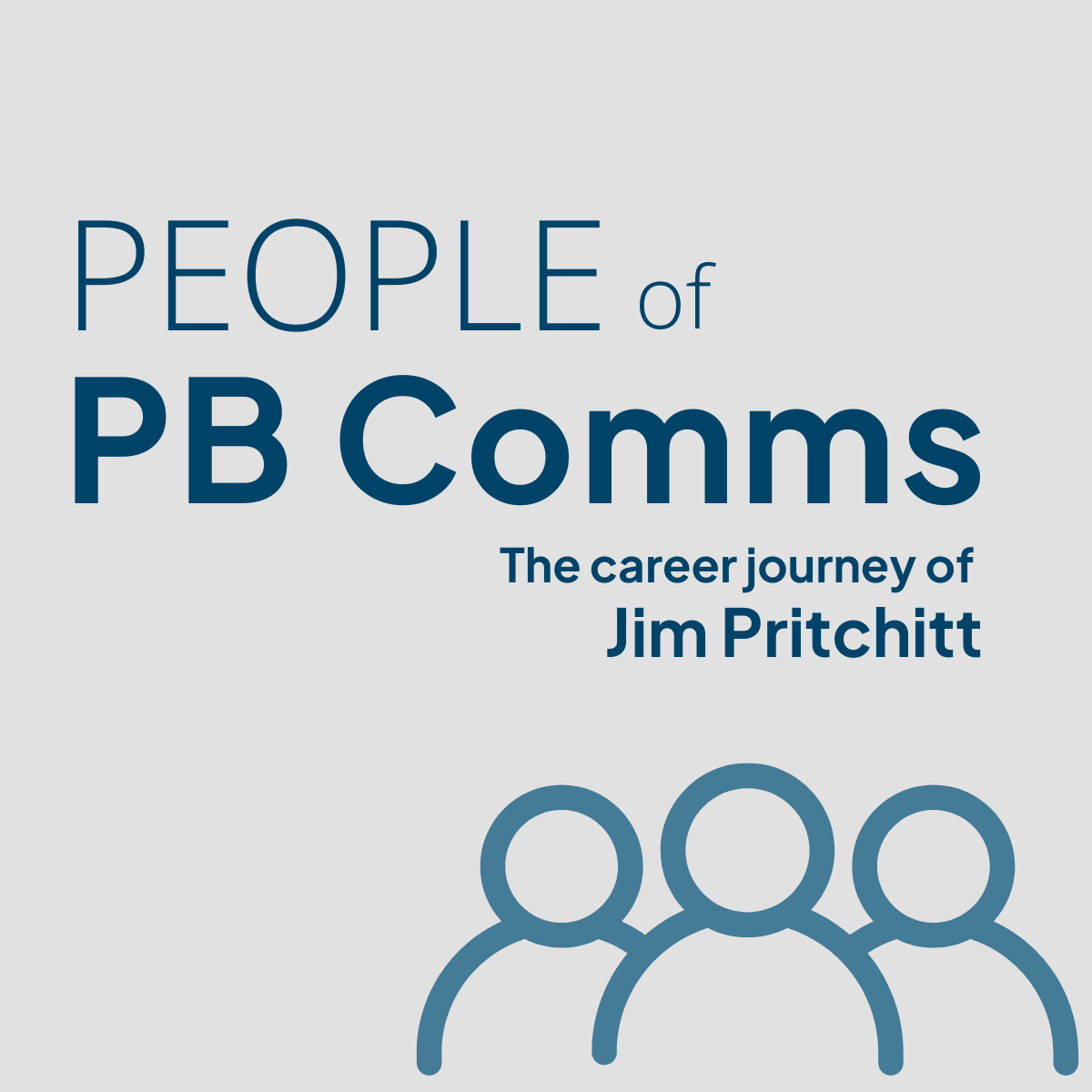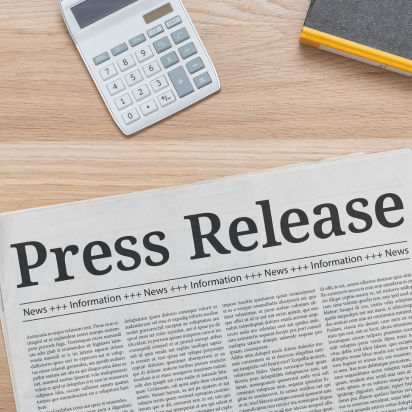Email marketing, also known as electronic direct mail (EDM), is a great tool for sales and marketing teams in financial services companies to keep in touch with clients and prospects.
EDMs provide a quick and direct line of communication, keeps clients and prospects engaged with the company and brand, and supports the company’s sales strategy.
But before you send out your next EDM, think about the who, why and when and make sure you are truly understanding these three elements. Otherwise, you may well find your emails being redirected into the spam folder.
Who should we be sending EDMs to?
Don’t just add all your clients, prospects and leads to an email subscriber list. Instead, give them a chance to opt in and subscribe to your EDMs. This way you are ensuring they are signing up to something they want to receive and thus minimising the risk of a high unsubscribe rate.
There are several ways to start building your subscriber list.
The first list should be your existing clients. Send your clients an email informing them about the EDM and giving them the ability to subscribe. Remember, those who do not subscribe should not be added to your subscriber list.
For prospects and leads, you can start to build these subscriber lists via your website, events, or gated content.
Add information to your website about your EDM, for example a newsletter subscription call to action at the end of each webpage, and make it easy for people to subscribe. Similarly, when you organise an event, or provide gated content, include an email marketing subscription checkbox during registration (of course not as a mandatory field).
Remember that you want to end up with a subscriber list that wants to be informed about you and your company. This helps keep your unsubscribe rate low, and reduces the risk of having your company domain flagged as spam and blacklisted.
You can also start segmenting your subscribers. You can segment depending on where they are in your sales pipeline, their interests (which can be included in the sign-up form as multi-select checkboxes), or by other factors such as the industry they work in, location and whether they are the decision maker or not.
By segmenting your subscriber list, you can then tailor the content and frequency of your emails to match that segment's preferences and needs.
Why do we send EDMs to customers?
There are many reasons why financial services companies should have EDMs in their marketing strategy. These include keeping your company and brand front of mind for clients and prospects, or measuring engagement and content relevance/effectiveness.
As a cost-effective communications tool, it may seem natural to just start one. But what is key to any successful EDM is outlining why YOU need it. This will then help shape what content you should be sharing and to which of your target distribution lists.
For example, if you regularly host webinars or lunches for financial advisers, an EDM is a great way to reach many of those advisers in a quick and cost-efficient manner, as opposed to having your sales team call each and every client in the book.
If you are trying to convert more leads into prospects, EDMs are a great tool for gaining more insights into those leads, and keeping your brand and company front of mind. For example, by sharing whitepapers or blog content, you can track which leads click and read which articles – helping you understand where they may be in the sales cycle, and whether or not they should be qualified to a prospect and handed over to your sales team for further actions.
Don’t just think that because your competitor has a newsletter, you need one too. Be strategic and adapt the EDM to match the needs of your recipients.
When is the best time to send EDMs?
Determining how often to send EDMs and what time during the day is a balancing act. Bombarding subscribers with emails can lead to annoyance and a higher unsubscribe rate, while infrequent communication may cause the company to slip from their minds.
While there is no hard-and-fast rule to how frequently an EDM should be sent, it is usually driven by the following factors:
- Content relevance – The frequency of an EDM should align with the type of content being shared and communicated. If the information is time-sensitive, such as an event, it will require more frequent emails over a short period of time.
- Subscriber preferences – During the subscription process, allow subscribers to choose their preferred frequency of emails. This empowers them and reduces the likelihood of unsubscribes due to overcommunication. The same goes for your opt-out forms. Allows any subscribers that are opting out to tell you if they were receiving too many emails and that is what influenced them to unsubscribe.
- Testing and monitoring – Periodically test different sending times and analyse open rates, click-through rates, and unsubscribe rates. This will give you a good indication of when your subscribers are able to be the most engaged with your EDMs, in other words have time to actually read it.
The success of EDMs hinge on not only the content itself, but understanding who your subscribers are, why you need EDMs, and how often you need your messaging and content to reach these subscribers.
By striking the right balance, you will be able to build and maintain relationships with your subscribers while also achieving your sales and marketing goals.



















